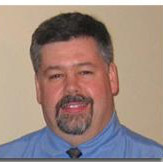European Space Agency 2010 Preview
After a record breaking year for ESA in 2009, 2010 will be another great year with several launches in different domains. In February the third Earth Explorer, Cryosat, will be launched from Baikonur and will contribute to our better understanding of climate changes. It will also be a very active year for Human Space Flight with early February the European built elements Node 3 and Cupola that will be added to the International Space Station. Then two ESA astronauts will go to the ISS: Roberto Vittori onboard the Shuttle in July and Paolo Nespoli in November for the third ESA long duration mission. Another key moment for Space will be at Europe’s Space Port in French Guyane where the legendary Soyuz rocket will be launched for the first time. Many other missions, events or achievements will mark this new year for Europe in Space.









